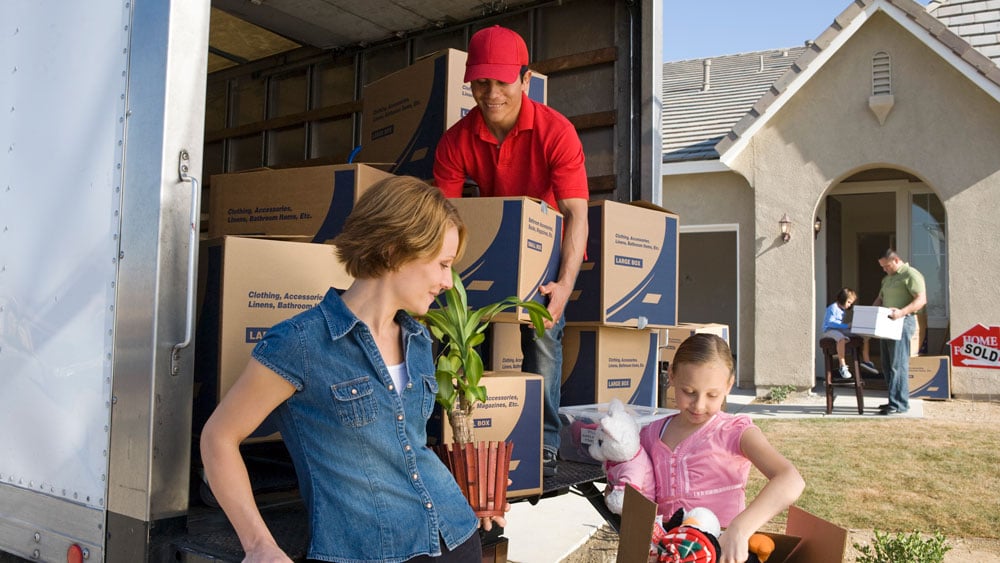Finding your home and securing a mortgage are just the first steps in making your new home truly yours. Once you get the keys, you need to make the move. The moving process can be stressful, but you can take steps to reduce your stress and increase the safety of the process. Before you start your move, take these tips for moving to heart.
1. Declutter Before You Start
The less stuff you have to move, the easier the process will be. Get rid of stuff you no longer use or love, and declutter your home with a vengeance. If something is old, has broken, or will not fit in your new space, don’t move it. Sell it, throw it out, or give it away before you start packing.
2. Start Packing Earlier
As soon as you know you’re going to move, start packing. You will have items you don’t need access to in the weeks before your actual moving date, so store those items. Keep going until you get to the necessities and save those for a couple of weeks before the move.
3. Break up the Job
If you look at your home as a whole, you’ll quickly become overwhelmed with the moving process. Instead, consider several mini-tasks. Pack one room at a time or one type of item at a time, and you will find that the process goes more quickly.
4. Store Small Elements in Zip-Top Bags
The small elements, like hardware, nuts, bolts, screws, and cables that make your things work are easily lost in a move. It is stressful when you start to set up your bed in your new home, only to find that the screws were lost. To protect against this, when taking an item apart, put its small components in a zip-top bag. Label the bag, then tape it to the time if possible. When you arrive in your new home, all the parts you need will be readily accessible.
5. Resist the Urge to Over-Pack
Back injuries are common after a major move. The culprit is often packing too much in each box. Boxes that are too heavy can cause strain on your back and knees. Keep small boxes to 50 pounds, and put no more than 70 pounds in large boxes. If you use extra-large boxes, use them for large items that don’t have much weight, such as your comforter or towels.
6. Keep Kids and Pets Away
Finding a baby or pet sitter when you move isn’t easy, but it is important. Children and pets can easily get underfoot, causing someone to fall. They can also be injured by heavy boxes and other items that can fall or be dropped. If you can’t find a sitter, designate one area of your home as a “safe zone,” and clear it first. Then confine the little ones and pets to this area during the big move.
7. Keep Exits Clear
Before you start the move, inspect the exits from your home. Remove any tripping hazards, and make sure you clear it of other problems like snow or ice. If you notice a potential hazard, such as uneven sidewalks, use ramps or boards to cover it so your moving crew does not trip.
Moving is a challenging task, but with a little bit of planning, you can limit your stress while also keeping your family and moving crew safer. Before you start your move, check with Drew Gilmartin at First Home Mortgage to discuss your mortgage needs with a Maryland home loan professional.
Source
https://www.moving.com/tips/moving-safety-tips-everyone-should-know/


